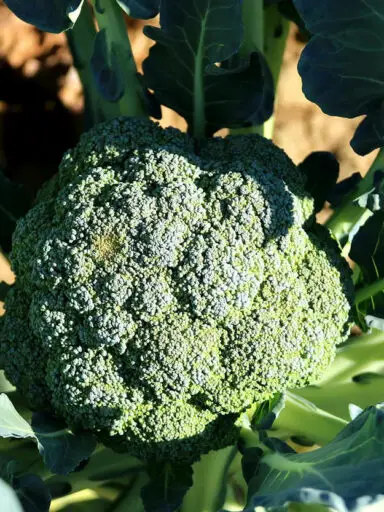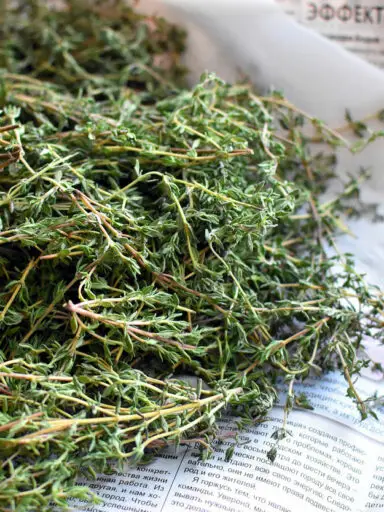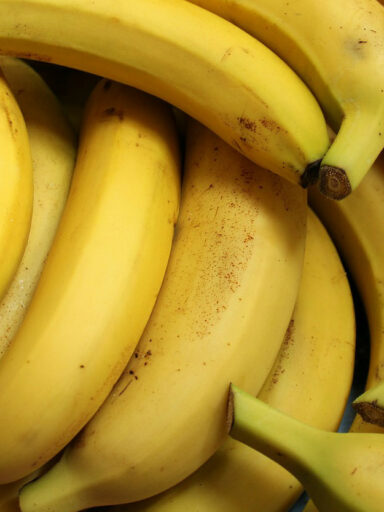The beetroot or simply beets is the edible and highly nutritious taproot of the beet plant. The root also goes by several other names such as beet, table beet, garden beet, red beet, or golden beet.
Botanically, beetroot, scientific name Beta vulgaris belongs to the Amaranthaceae family, in the beta genus. It is closely related to the sugar beet and Swiss chard among other varieties.
Depending on the type of beets they can be used as a food coloring as in the red variety, for medicinal value or to extract the sugar as in sugar beets. The top leaves are also edible to humans as a vegetable or snack.
Beetroot has its originals around the Celtic regions, namely Ireland, Scotland, Wales, Cornwall, the Isle of Man, and Brittany.
Beets grow small and are herbaceous in nature. They tend to have dark green leaves and produce an underground taproot in about 50 to 60 days. This is the best time to harvest as the beetroot continues to grow if not harvested.
The overgrown root develops a woody texture and loses flavor thus making it less ideal for consumption.
Beetroot is available all through the year in stores and vegetable markets. When purchasing one should choose the roots that are firm and feel heavy in hand. Those that are slumpy or soft when pressed are over-mature.
Avoid roots that show signs of rotting, mold, bruises, and cuts. If sold with the top greens, one should separate them from the root as soon as possible to retain their freshness.
You should also buy these with the top plant when ready to use as they do not keep fresh for long. The edible top plant is known as beet greens. The beetroot itself can be kept refrigerated for up to two weeks.
Using Beetroot in Food Preparations
Beetroot should be washed thoroughly under cool running water to remove dirt, soil, and insect residue. This goes for the beet greens. The greens should be rinsed in saline water for about 30 minutes to thoroughly clean them.
The beet greens can be used in recipes as a vegetable in stews or in green salads. It can be boiled, sautéd, or stir-fried.
As for the beetroot, it can either be boiled with the skin intact or peeled before cooking. Either way, the inside flesh should be cut into cubes, slices, strips, or chunks as desired.
It can be added to stews during the cooking process, steamed, or boiled separately, cooled then added to salads, appetizers, or any other preparation as called for in the specific recipe.
Other vegetables that pair well with beetroot include cabbage, carrot, cucumber, potato, radish, and tomato. It also goes well with apples in a sweet salad. It may be dressed in lemon juice, vinegar, and olive oil.
The red beetroot contains betanin which is a strong pigment used in the food industry as a colorant in jam, jelly, ice cream, candy, tomato paste, sauces, and juice.
Nutritional Benefits
Beetroot is packed with antioxidants, vitamins, and minerals. It is a good source of dietary fiber and is low in fats and oils. It also contains just 43 calories per 100 grams and contains no cholesterol.
It is a rich source of B-complex vitamins specifically folates, it also contains lesser amounts of niacin, pantothenic acid, pyridoxine, riboflavin, and thiamin. Beets are a good source of vitamin C too.
As for minerals, beets are a good source of manganese, iron, magnesium, copper, and zinc. It is also a good source of potassium and quite a bit of sodium.



